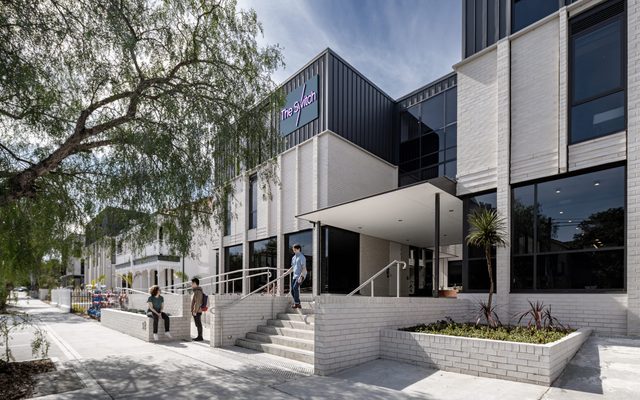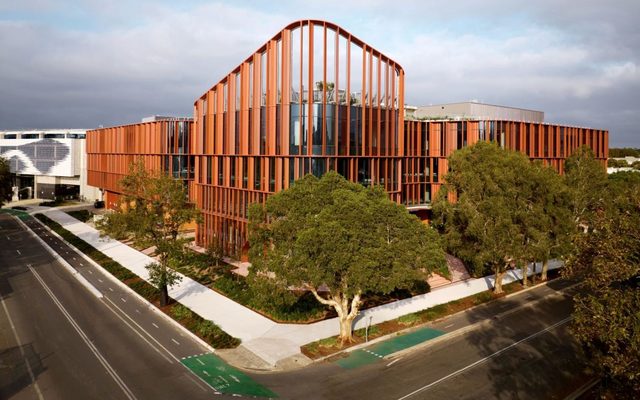For years there have been predictions of a sustained pick up in the office sector, not only in tenant demand but in total returns.
As vacancies tumbled and rents rose in the latter half of 2005, is the office sector about to perform?
In the past, while few forecasts have gone over the top, predicting a minor improvement in the level of total returns, each year the office sector continued to disappoint.
Even if we take the most recent period when vacancies fell throughout the country and market rents rose, 1999/2000, total returns in Australian offices only reached double digit figures between June 2000 and December 2001 (allowing for the lagged impact of rising income).
We can make (valid) excuses such as the global slowdown impacting on tenant demand in Sydney, Melbourne and Perth, but the truth is the office sector has under performed in terms of total returns since the beginning of the 1990s, that’s 15 years, yet it maintains a status of having some of the lowest yields available in commercial property. It is said that the yield paid generally anticipates future capital growth.
However, with minimal capital growth in offices since the late 1980s, surely office yields have been too low.
Put another way, retail and industrial yields were too high and the recent yield compression was a recognition by the market of under priced assets. Major regional shopping centres are now offering lower yields than CBD offices in some cities, but prime office yields are still 70 basis points lower than industrial.
In this paper we have analysed recent IPD/PCA investment performance index and below present arguments for and against the theory that the yields on industrial and retail properties should be closer, if not lower, to their office counterparts.
1. Income returns, a proxy for yield in the IPD/PCA investment performance index, had been lowest for the office sector since records began in 1984, until the last year, when retail, driven by regional shopping centres, fell below them. Office income returns have been relatively stable since the mid 1990s at just over 7% and with minimal rental growth, capital value growth has been low for 15 years, averaging 1.4% pa. Conversely in recent years high capital growth has occurred in the retail and industrial sectors, as yields have firmed significantly and driven high total returns.
2. Since 1990 annual total returns from offices have only reached double digits three times, the longest for a period of 18 months between June 2000 and December 2001.
By contrast industrial property has delivered double digit total returns since mid 1994, while retail has been providing double digit annual returns since 1998. While initially the higher yields from retail and industrial property underpinned high total returns, recently the contribution from capital value growth has risen.
3. The table below highlights the level of volatility in total returns over differing time periods.
Over the more recent, shorter time frames, office sector returns volatility has been below that of retail, but above that of industrial property.
However, bar Sydney CBD between 1997and 2000, there has been very little development in the major CBDs, whereas the other sectors have been experiencing rising supply additions since the mid 1990s.
Much of this recent supply has been demand led and not speculative. When the office sector has experienced high speculative supply, as in the late 1980s/early 1990s, the volatility of returns shift upwards significantly, as does industrial return volatility, suggesting that office property and to an extent industrial property are more susceptible to impacts of speculative supply.
4. Analysis of the difference between the 10 year bond yield and property yield over the past ten years reveals that at their current level office yields could fall by a further 95 basis points before they reach their long term differential.
Conversely, the strong firming in yields in recent years means that retail and industrial sectors are either at their long term average, or below it, leading many to suggest that they are fully priced or even over priced and that yields could ease should interest rates rise.
While high returns are a reasonable goal, steady returns allow for better investment planning.
Given the lower volatility and thus steady returns from retail and industrial property sectors over the long term and through periods of high supply, it could be suggested that the historic yields and thus the yield differential was too high. If so, and it is considered yields should be closer to office, industrial yields could firm by up to a further 156 basis points and retail by 33 basis points before they match the historic office differential of 160 basis points above long term bond rate.
However, investment is about future returns and despite generally poor capital value performance since the 1990s, some investors consider that offices are about to perform and that both retail and industrial have had their day. Below we look at possible suggestions as to why industrial or retail yields should continue to be higher than office.
![]()
1. Defenders of the office sector consider that after 15 years of under performance the office market set to rebound. Although we have been suggesting this for a number of years, the current situation is one where many CBD or major office markets are finally at or getting closer to equilibrium vacancy rates, as tenant demand rises and there is evidence of some rental growth. However, a new stage of construction has commenced and plans are also being dusted off. Some suggest that this development is necessary as there has been little built, outside Sydney, since the early 1990s. The trouble is in some markets the level of space under construction could create short term oversupply. Although this is no where near as high as in the early 1990s, short term it could dampen potential rental growth and capital value growth and thus total returns in these centres. There are markets such as Brisbane where vacancy is at 20 year lows and development sites are few, but elsewhere development sites are not so rare and we know every developer has the best site …!
2. The consideration of higher management costs for industrial and retail properties is one theory behind historic yields, but in many international markets retail yields are below office, although industrial are generally higher. Also data from the PCA suggests not a great deal of difference in management costs for a CBD office building and a regional shopping centre (although CBD retail centres are much higher). Similarly with obsolescence, industrial buildings have a shorter lifespan as technology improves the sheds of old. On this theory investors consider that a premium between office and other sectors is valid. Perhaps the current premium is too low, allowing offices to fall further while others sectors remain stable.
3. New supply is rising in both the industrial and retail sectors. The strong economic growth since the mid 1990s is expected to slow, from an average of close to 4% to around 3.5% over the next ten years, according to Westpac Economics. This is likely to slow demand levels from the past, and impact on the need for space. The impact will be more on secondary industrial or retail property, but may diminish the attraction of these sectors over office.



